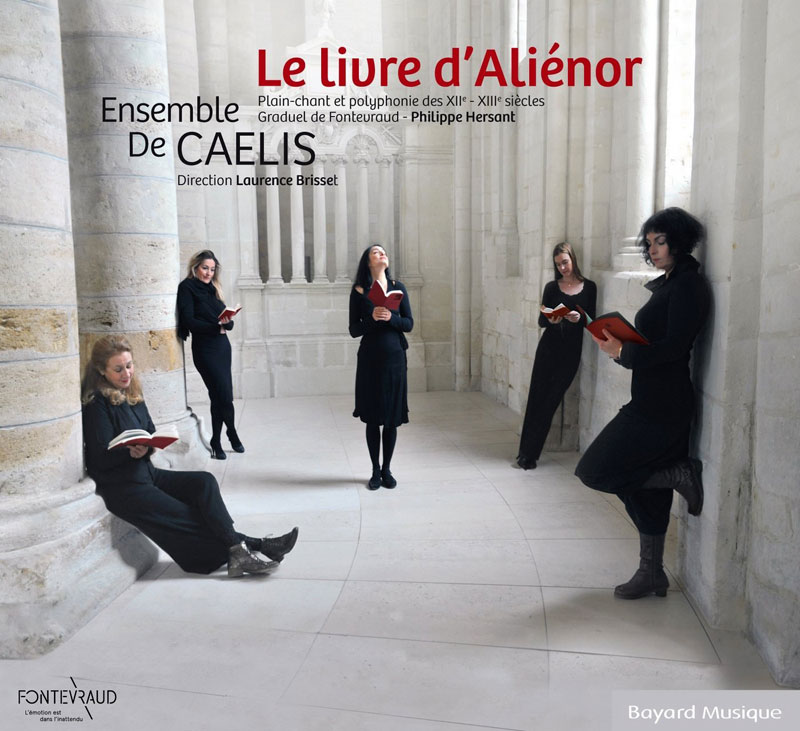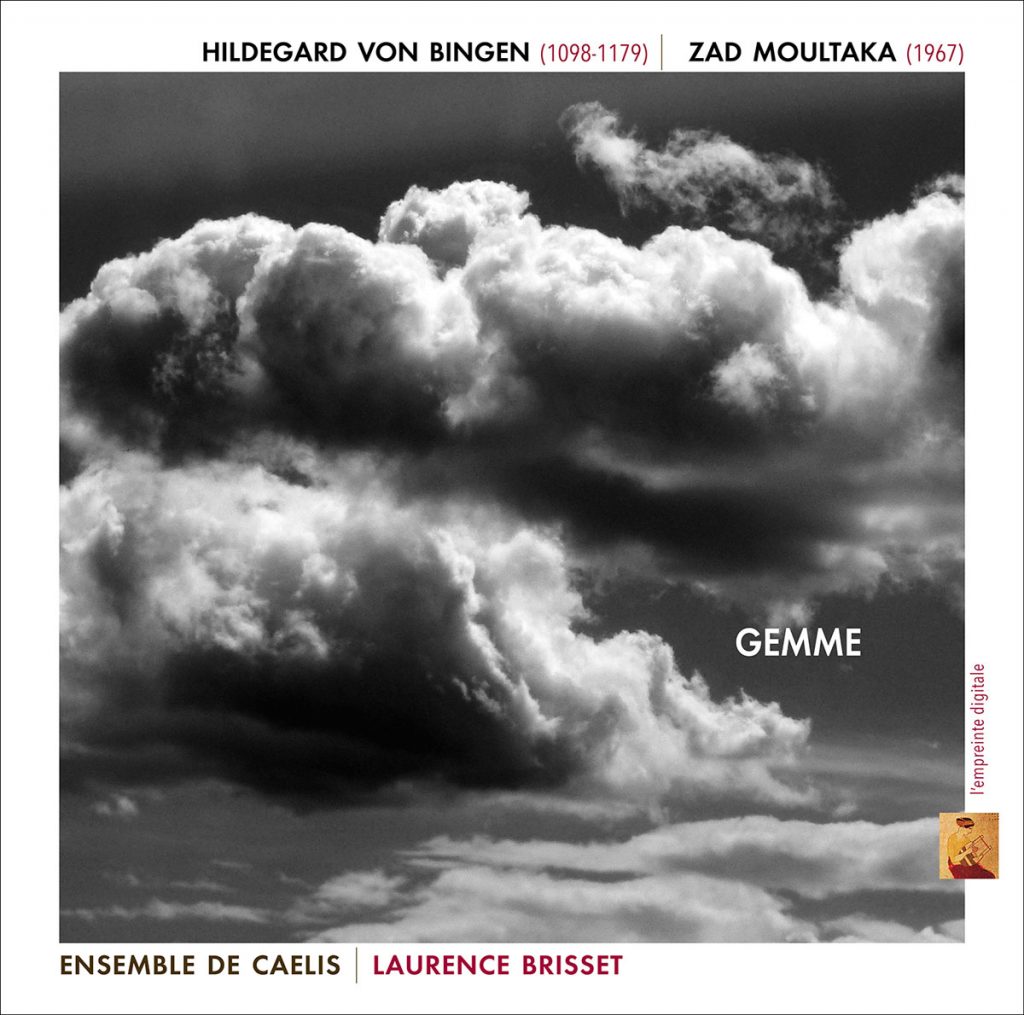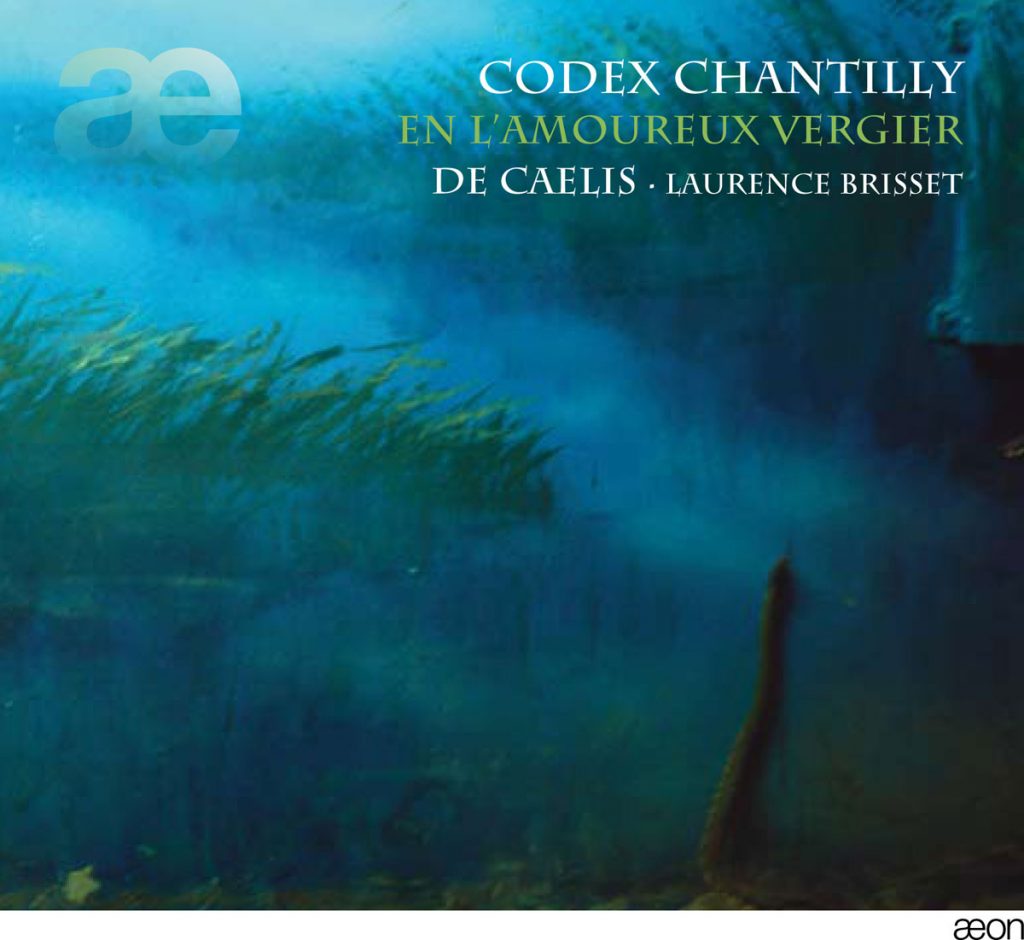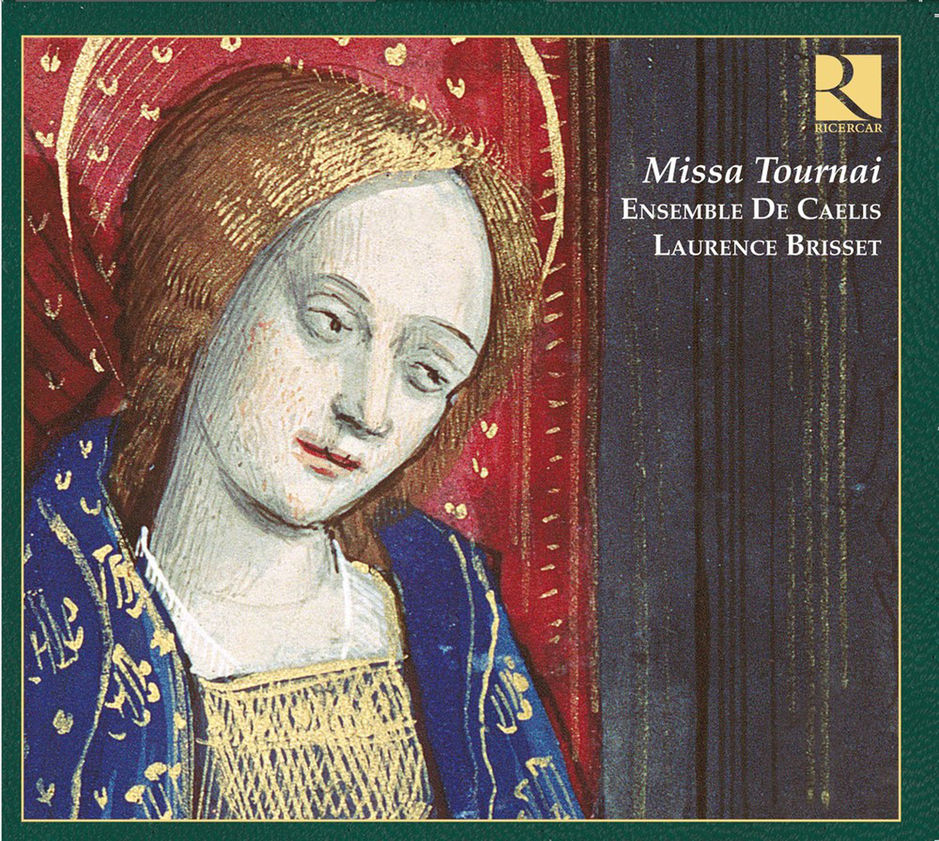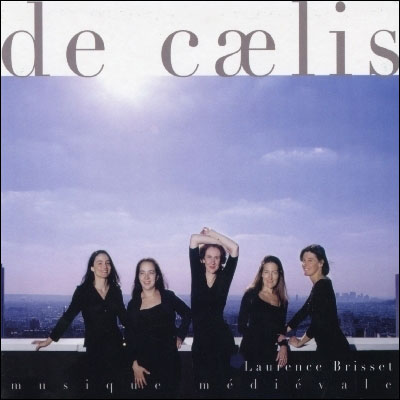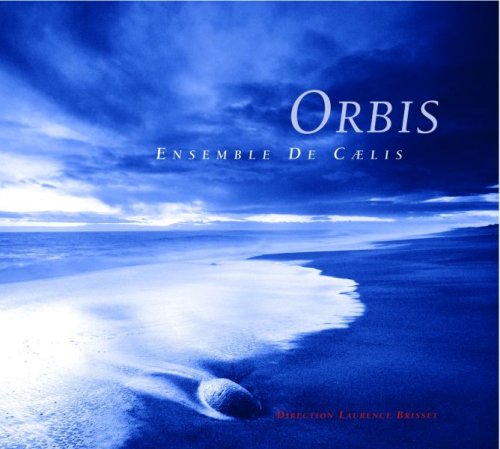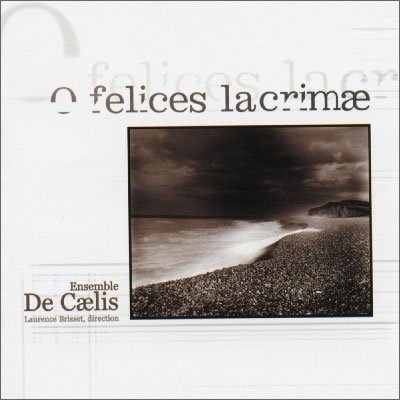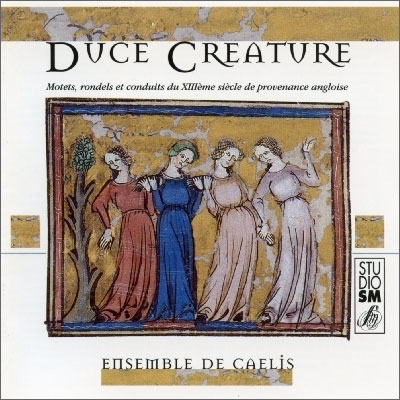
Les Thébaïdes – Spiritualité du désert
Las Huelgas Manuscript (13th century)
Sufi Chant
Yaqine, Alia Sellami (2023)
Iconostase, Laurence Brisset (2023)
An intimate journey to the heart of the desert, symbolic of a chosen solitude, or mineral desert. It is also a tribute to feminine spirituality, travelling through the ages and cultures, carried by the 14th-century medieval chant of the Huelgas Monastery, Sufi chant and a creation by singer and composer Alia Sellami.
Evocative of withdrawal and trial, but also a place of revelation, the desert links the three monotheistic religions. The desert of Thebes was the refuge of the first Christians, and since then the name Thébaïde has been applied to any place, however symbolic, where people isolate themselves to lead a life of asceticism and prayer.
In the Middle Ages, in the West, it referred to hermitages, forests, islands and monasteries. A metaphor for a solitary life where people come to contemplate the ‘invisible realities’, where they pray and sing.
Among the Sufis, Khalwa describes both the act of being alone and the place of spiritual retreat, such as nature, the desert, the cave or the cell.
Through the music of yesterday and today, the voices of the De Caelis singers invite us to rediscover the desert as a universal place of life, conducive to meditation and reflection.
1 CD – 16 tracks
Performed by: Ensemble De Caelis
Duration: 55’07
Release date: May 2024
Recorded and mixed by: Julien Tailler
at Abbaye de la Lucerne (50)
© Bayard Musique
